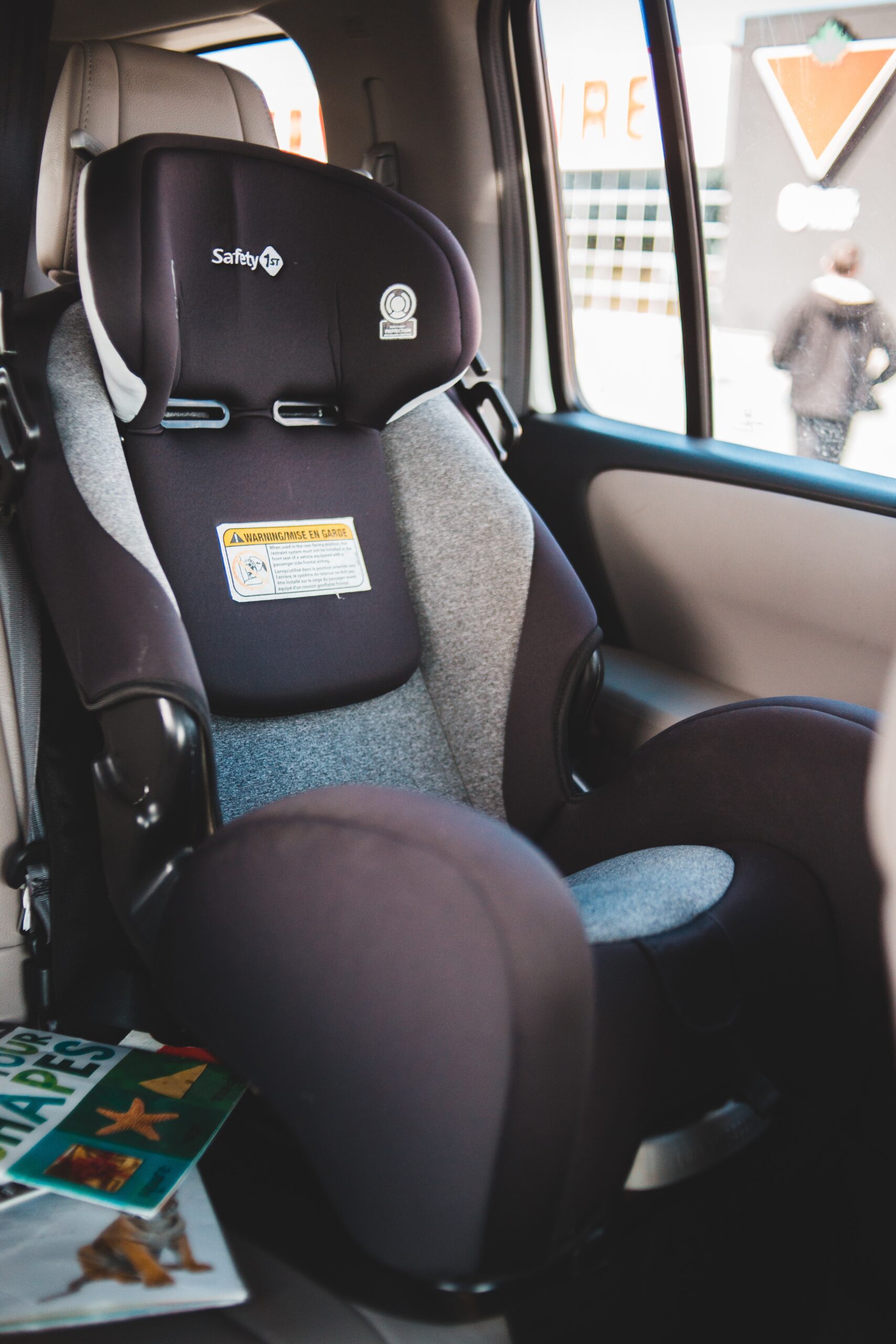Buckle Up for National Child Passenger Safety Awareness Week

My husband loves to tell our daughter stories about riding in his family’s 1970’s wood-paneled station wagon, especially about the seats in the “way back” that faced the back window. I picture a scene like the closing shot in A Charlie Brown Thanksgiving. My daughter, who has spent most of her life in some sort of child restraint, finds it shocking. And she should.
Each year, thousands of young children are killed or injured in car crashes. The proper use of car safety seats can greatly decrease the risk to children. Because there are so many kinds of car seats and boosters, it can become very confusing even with the best of intentions. Choosing a car seat depends on several factors: child’s age, size, developmental needs, and budget. The most expensive car seats are not necessarily the best and some economically priced restraints are excellent. The table below is a quick guide published by the American Academy of Pediatrics and provides basic information as to the types of car seats available.
Maryland’s new Child Passenger Safety Law goes into effect on October 1, 2022, and requires that all children under eight years old ride in an appropriate child safety seat, unless the child is 57 inches or taller, according to the vehicle and child restraint instructions. Every child must ride rear facing in an appropriate car seat until at least age 2.
Child restraints are important and necessary for EVERY RIDE and EVERY TIME.
Don’t forget to buckle up!
Source: Adapted from the Car Safety Seats Guide (Copyright 2021 American Academy of Pediatrics)
|
Types of Car Seats at a Glance |
||
|
Age-group |
Type of Seat |
General Guidelines |
|
Infants and toddlers |
|
All infants and toddlers should ride in a rear-facing seat until they reach the highest weight or height allowed by their car safety seat manufacturer. Most convertible seats have limits that will allow children to ride rear facing for 2 years or more. |
|
Toddlers and preschoolers |
|
Children who have outgrown the rear-facing weight or height limit for their convertible seat should use a forward-facing seat with a harness for as long as possible, up to the highest weight or height allowed by their car safety seat manufacturer. Many seats can accommodate children up to 65 pounds or more. |
|
School-aged children |
|
All children whose weight or height exceeds the forward-facing limit for their car safety seat should use a belt-positioning booster seat until the vehicle seat belt fits properly, typically when they have reached 4 feet 9 inches in height and are 8 to 12 years of age. All children younger than 13 years should ride in the back seat. |
|
Older children |
|
When children are old enough and large enough for the vehicle seat belt to fit them correctly, they should always use lap and shoulder seat belts for the best protection. All children younger than 13 years should ride in the back seat. |